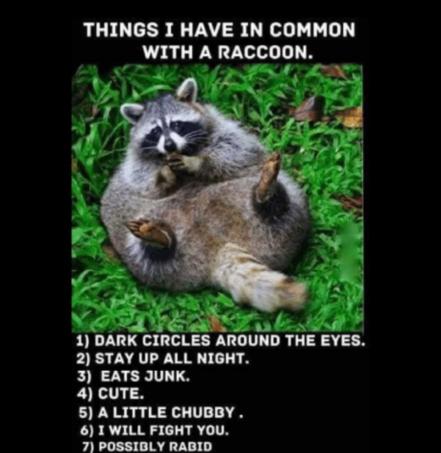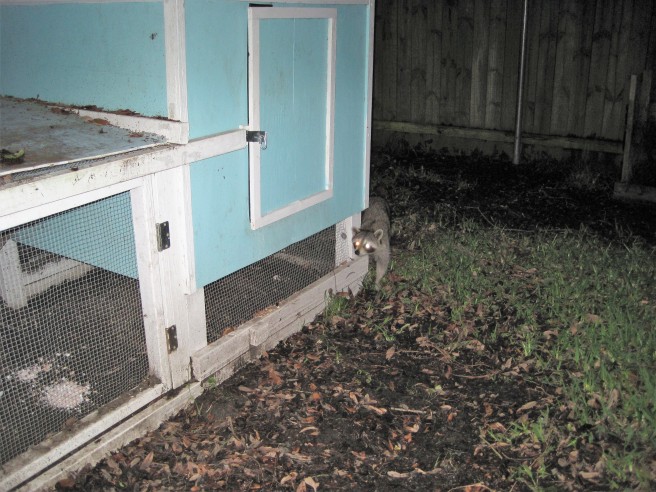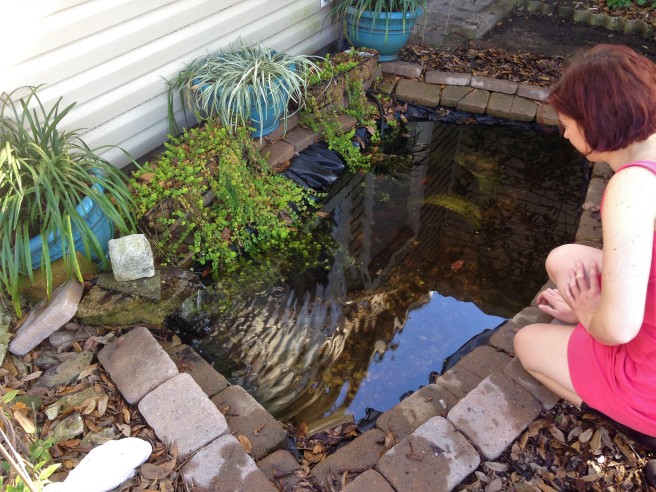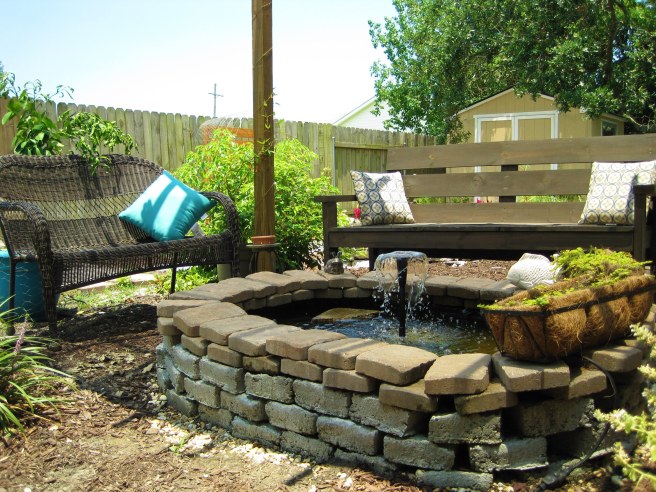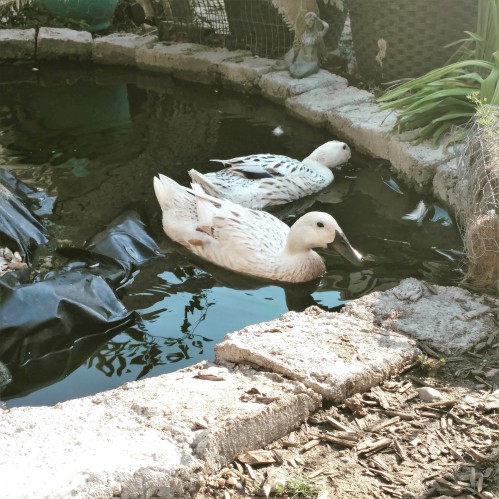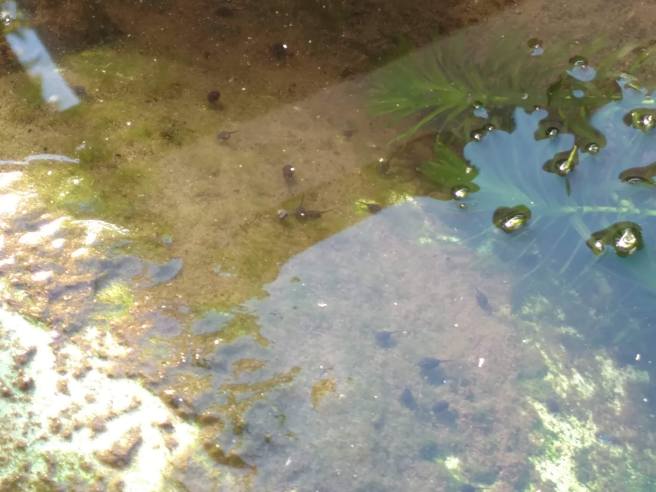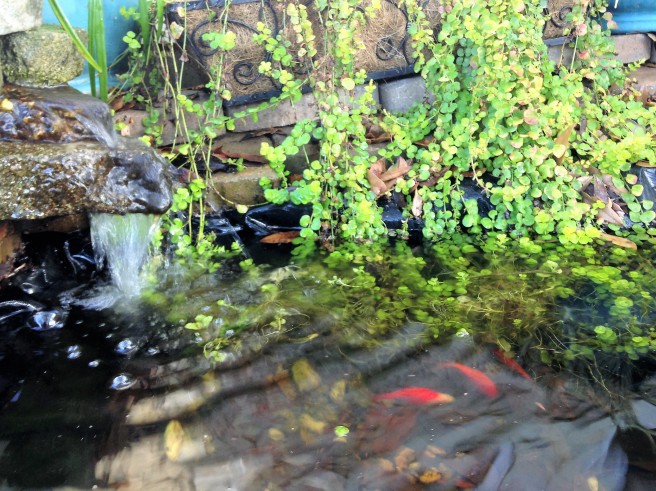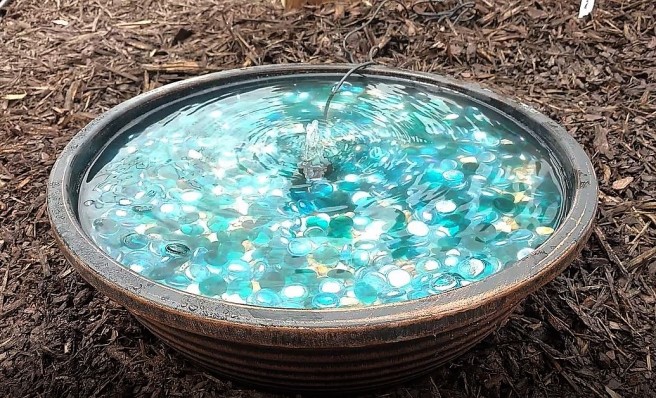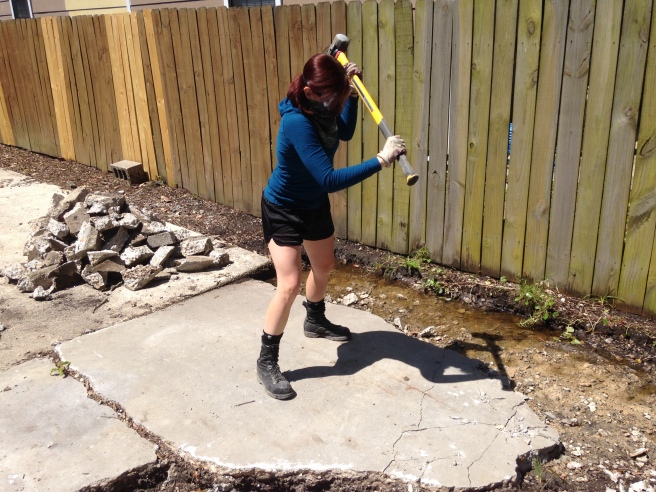When I was a kid, I’d turning out the light and climbing under the covers at nine o’clock. After a few minutes, the hall outside my door would grow quiet as my parents retreated to the living room to watch TV. Then, I’d reach under my bed, pull out a flashlight, and open the top book of the stack that lived at my bedside. During those years, I probably read more than I slept every night.
Fast-forward a couple of decades to when I was deciding what to pursue in graduate school. There really wasn’t that much debate. I could get a master’s degree that involved reading books and talking and writing about them for several years? Um, yes, please.
There are two things that happen when you’ve fallen into a really excellent tale:
- you lose yourself, or
- you become so enmeshed that even after you close the book, the world, characters, ideas, or plot forever reside inside you.
Both are ways of removing focus from yourself, which can be healthy in a world of selfies and constant comparisons to the lives of others through social media. Gardening and spending time in nature offer this same sort of therapy.
So I’m especially delighted when writer’s take the time to slow down, study, and capture the natural world around us in words. Here are a few that have stuck with me over the years:
Annihilation by Jeff VanderMeer
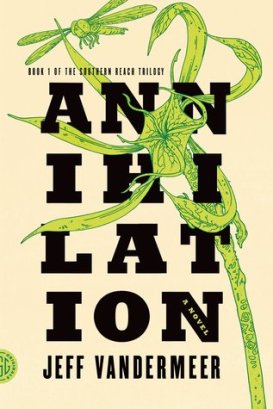 While the oddness of the story is what initially appealed to me, I didn’t expect to come away identifying so strongly with the main character, a biologist. For a few weeks, I had all but decided to go back to school to earn a BS in biology* – until I came to my senses and remembered how I’ve always struggled with the sciences. This was the passage that initially ensnared me:
While the oddness of the story is what initially appealed to me, I didn’t expect to come away identifying so strongly with the main character, a biologist. For a few weeks, I had all but decided to go back to school to earn a BS in biology* – until I came to my senses and remembered how I’ve always struggled with the sciences. This was the passage that initially ensnared me:
“My lodestone, the place I always thought of when people asked me why I became a biologist, was the overgrown swimming pool in the backyard of the rented house where I grew up . . . Soon after we moved in, the grass around its edges grew long. Sedge weeds and other towering plants became prevalent . . . The water level slowly rose, fed by the rain, and the surface became more and more brackish with algae . . . Bullfrogs moved in . . . Rather than get rid of my thirty-gallon freshwater aquarium, as my parents wanted, I dumped fish into the pool . . . Local birds, like herons and egrets, began to appear . . . By some miracle, too, small turtles began to live in the pool, although I had no idea how they had gotten there.”
The biologist goes on to describe how she’d “escape” from her bullies and parents to this developing ecosystem. She observed its changes and took notes on species and life cycles. Rather than learn about ecosystems through textbooks, “[she] wanted to discover the information on [her] own first.”
 “The Marginal World” by Rachel Carson
“The Marginal World” by Rachel Carson
Rachel Carson was a marine biologist best known for Silent Spring, a book concerned with the impact of pesticides on the environment. However, I first read her in a class on the craft of nonfiction, while we were studying nature writing. “The Marginal World,” first published in The Edge of the Sea, describes a trip to the shore in detail that shimmers with the ethereal.
“Under water that was clear as glass the pool was carpeted with green sponge. Grey patches of sea squirts glistened on the ceiling and colonies of soft coral were a pale apricot color. In the moment when I looked into the cave a little elfin starfish hung down, suspended by the merest thread, perhaps by only a single tube foot. It reached down to touch its own reflection, so perfectly delineated that there might have been, not one starfish, but two. The beauty of the reflected images and of the limpid pool itself was the poignant beauty of things that are ephemeral, existing only until the sea should return to fill the little cave.”
East of Eden by John Steinbeck
“John Steinbeck” is a name reviled by many high school students forced to slog through The Grapes of Wrath. I count myself lucky that I didn’t read that heavy volume until graduate school, where I could appreciate Steinbeck’s lengthy descriptions of rural America. Few things make me feel more rooted and patriotic than Steinbeck’s vivid accounts of American countryside, from Oklahoma to California. However, it is East of Eden that Steinbeck described as “the story of my country and the story of me.”
“From both sides of the valley little streams slipped out of the hill canyons and fell into the bed of the Salinas River. In the winter of wet years the streams ran full-freshet, and they swelled the river until sometimes it raged and boiled, bank full, and then it was a destroyer. The river tore the edges of the farm lands and washed whole acres down; it toppled barns and houses into itself, to go floating and bobbing away. It trapped cows and pigs and sheep and drowned them in its muddy brown water and carried them to the sea. Then when the late spring came, the river drew in from its edges and the sand banks appeared. And in the summer the river didn’t run at all above ground. Some pools would be left in the deep swirl places under a high bank. The tules and grasses grew back, and willows straightened up with the flood debris in their upper branches. The Salinas was only a part-time river. ”
I’m sure I’ve forgotten other fantastic works, but these are the words that I carry with me day-to-day, sometimes ringing in my ears loudly, sometimes faint and soft. Looking back over just these three texts, though, it’s pretty clear that I feel a connection to water. But what is nature without water? Water – and words – are necessary for life.

*This isn’t as crazy a proposition as it might initially seem. I get discounted tuition at the university where I work, and I have several semesters of my G.I. Bill left to use. And I’m a total nerd who loves to learn.

